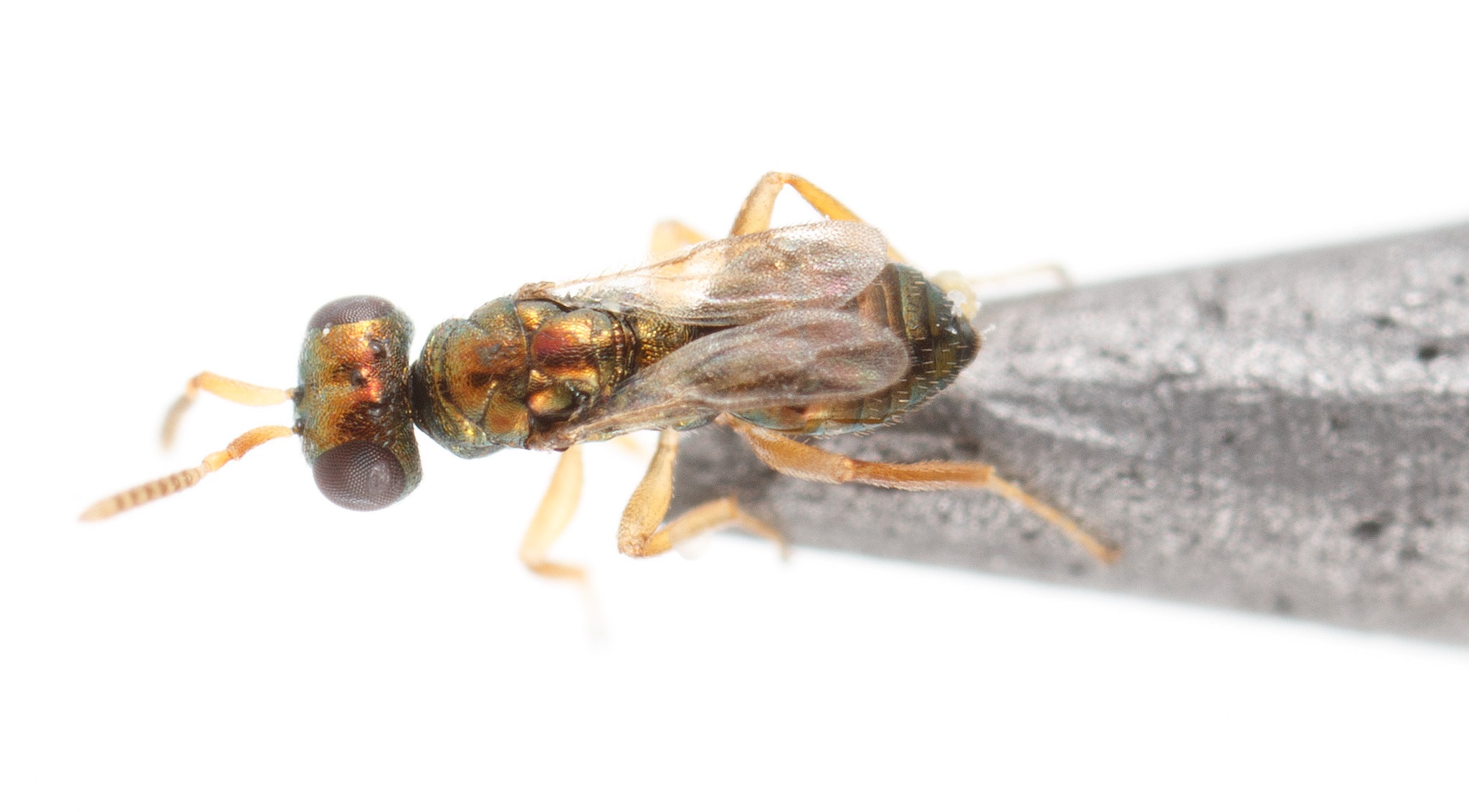The study was conducted in collaboration with researchers in Groningen, under supervision of Wageningen molecular biologist Eveline Verhulst. The research was published in the renowned Science journal. Verhulst obtained her Master’s and PhD in Groningen and has worked at the Wageningen Entomology Group for the past seven years.
Nasonia
Verhulst studies how wasps of the Nasonia genus determine the sex of their offspring. For many membrane-winged insects, such as ants and bees, it is well understood how eggs develop into female or male offspring. This standard does not apply to the Nasonia. Verhulst now sheds light on this mystery.
For a Nasonia– wasp to produce a daughter, a male is always required. If no mating takes place, the egg cell always yield male offspring. Verhulst discovered which gene in the male is responsible for the development of female offspring. This gene was named wom, which stands for wasp overruler of masculinization. It interrupts the (standard) development into males.
Inactive
Oddly, the female’s genes also include wom, but in the female wasps, this gene is always inactive. Thus, male wom is required for the production of female offspring. Verhulst has not yet discovered what causes the wom to be inactive. Parasitic wasps are deployed in biological pest control.
Resource magazine discusses Eveline Verhulst’s research in its next edition (Thursday 3 December).

 Photo: Jitte Groothuis
Photo: Jitte Groothuis 

